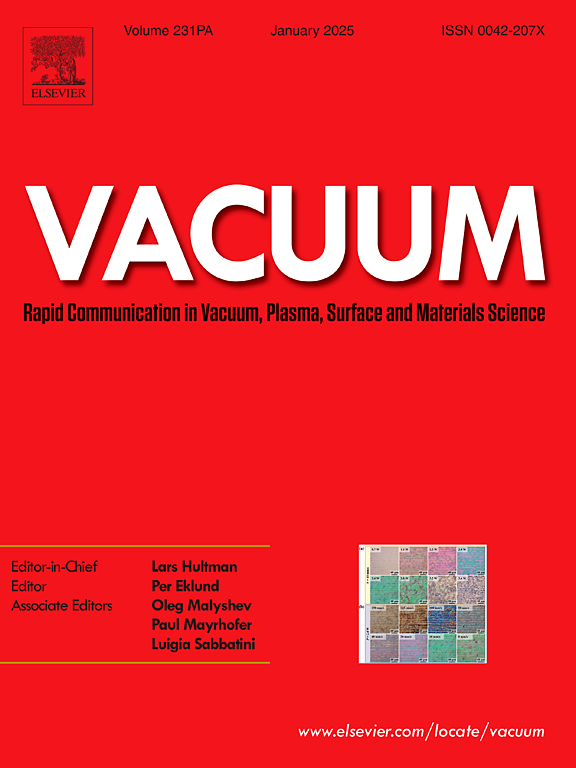Effect of ultrasonic vibration aging treatment on dislocation evolution and precipitation behavior of 6082 aluminum alloy
IF 3.8
2区 材料科学
Q2 MATERIALS SCIENCE, MULTIDISCIPLINARY
引用次数: 0
Abstract
In this study, Conventional Aging Treatment (CAT) and Ultrasonic Vibration Aging Treatment (UVAT) experiments were conducted on solid-solution (SS) 6082 aluminum alloy rods using a self-made ultrasonic vibration aging device. The microstructure analysis revealed that ultrasonic vibrations enhance dislocation formation and mobility, affecting their accumulation and annihilation. With increased UVAT duration, dislocation density initially rises before declining. Investigation revealed that β" phase precipitation was markedly greater in samples treated with UVAT for 3h compared to those treated with CAT over the same period, this suggested that UVAT could enhance precipitation kinetics and accelerate the β" phase precipitation rate. The performance test results indicated that the sample treated with UVAT exhibited a peak aging time of 3h, while the ultimate tensile strength (UTS), yield strength (YS), and hardness were increased by 12 %, 45 %, and 14.9 %, respectively, compared to the samples treated with CAT for 3h.
求助全文
约1分钟内获得全文
求助全文
来源期刊

Vacuum
工程技术-材料科学:综合
CiteScore
6.80
自引率
17.50%
发文量
0
审稿时长
34 days
期刊介绍:
Vacuum is an international rapid publications journal with a focus on short communication. All papers are peer-reviewed, with the review process for short communication geared towards very fast turnaround times. The journal also published full research papers, thematic issues and selected papers from leading conferences.
A report in Vacuum should represent a major advance in an area that involves a controlled environment at pressures of one atmosphere or below.
The scope of the journal includes:
1. Vacuum; original developments in vacuum pumping and instrumentation, vacuum measurement, vacuum gas dynamics, gas-surface interactions, surface treatment for UHV applications and low outgassing, vacuum melting, sintering, and vacuum metrology. Technology and solutions for large-scale facilities (e.g., particle accelerators and fusion devices). New instrumentation ( e.g., detectors and electron microscopes).
2. Plasma science; advances in PVD, CVD, plasma-assisted CVD, ion sources, deposition processes and analysis.
3. Surface science; surface engineering, surface chemistry, surface analysis, crystal growth, ion-surface interactions and etching, nanometer-scale processing, surface modification.
4. Materials science; novel functional or structural materials. Metals, ceramics, and polymers. Experiments, simulations, and modelling for understanding structure-property relationships. Thin films and coatings. Nanostructures and ion implantation.
 求助内容:
求助内容: 应助结果提醒方式:
应助结果提醒方式:


